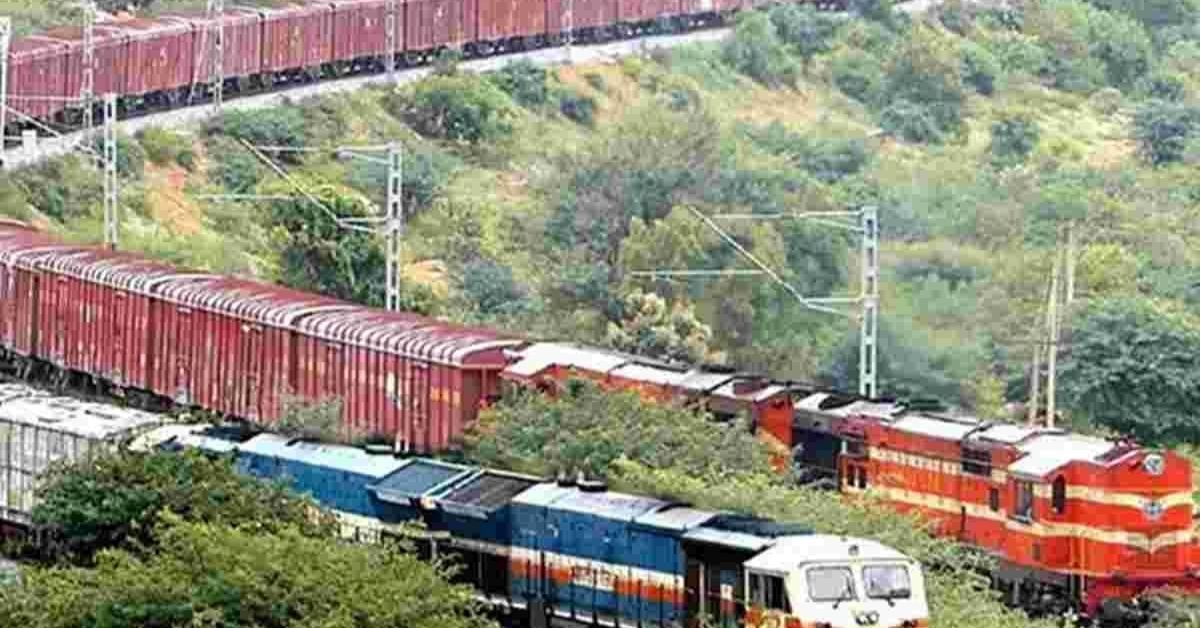The target of developing 300 Gati Shakti terminals within the next five years is doable and will boost the cargo movement on the Indian Railway network, bringing down overall logistics cost of the country said Railway Minister Ashwini Vaishnaw. According to officials in the know, the new railway land policy will result in incremental annual revenue of Rs 30,000 crore after five years to the national transporter.
The Union Cabinet on Wednesday had approved a policy on long term leasing of Railways Land. The revised policy provided for long term leasing of railway land for cargo related activities for up-to 35 years at 1.5% of market value of land per annum. It was also decided that there will be a 6% increment in the Land Leasing Fee (LLF) value payable to the Indian Railways.
Under the earlier policy, railway land could be leased by private players just for five years. The annual LLF was fixed at 6% of the market value of land with a yearly increment of 7% in the payable amount.
An official statement said that the revised land policy has been formulated while keeping in mind the PM Gati Shakti programme and the target to develop 300 Cargo Terminals over the next five years.
Speaking to journalists a day after the Cabinet decision, Vaishnaw said, “We have already got firm application from over 90 players to develop Gati Shakti cargo terminals, another 60 have expressed interest to develop these terminals on railway land.”
According to Vaishnaw, the five year limit and renewal requirement in earlier railway land policy was a hindrance for higher investments.
Rail Ministry officials are estimating an incremental revenue of around Rs 100 crore per new terminal. “This estimate pegs the railway revenue growth at Rs 30,000 crore annually after the new Gati Shakti Cargo terminals are operationalized,” a senior Rail Ministry official said.
Commenting on whether this development has been undertaken with the proposed Container Corporation of India (CONCOR) privatisation in mind, Vaishnaw said that this policy covers all railway land, including those held by other public sector enterprises.
“Existing terminal holders such as CONCOR, Food Corporation of India (FCI), Coal India, and SAIL, are public sector undertaking units. There is a 30 year lease policy already in place for them and we have consciously made a decision that we are not changing any terms and conditions of existing cargo terminals,” Vaishnaw said.
“For the existing players, their terms and conditions, lease rates, escalations, and terms and conditions will remain the same,” he added.
Vaishnaw also noted that these existing players have the option to switch to the new lease policy, but they will have to go through a bidding route for the same.
“No leasing is infinite, suppose the lease period of a cargo terminal expires after seven years, then they have the option of coming to a new policy. They will have to come through a bidding process,” he said.
“If someone has invested and developed a terminal at a land parcel, then they will get the right of first refusal, but still they will have to come through a transparent bidding process. Some body can outbid them and take that terminal,” he added. Vaishnaw said that the bid parameter will be on the share of Terminal Access Charge (TAC) and Terminal Charge (TC) that the operator would like to share with the Indian Railways. This is similar to the current process for bidding out terminals but it did not cover public sector undertakings, which were given a special dispensation.








